Charcoal VS. Activated Charcoal is a topic that sparks curiosity among many, as they both offer distinct applications and benefits.
While traditional charcoal has been utilized for centuries as a fuel source and artistic medium, activated charcoal stands out for its advanced purification properties and medical applications.
When it comes to being self-sufficient and well-prepared, activated charcoal may be a game-changer. This item is great to have around in an emergency because of its purifying and detoxifying properties.
If you’ve been curious about the difference between regular charcoal vs. activated charcoal and how that knowledge could boost your survival know-how, you’re in the right place.
We’ll dive into the unique properties and uses of activated charcoal, giving you the lowdown on why it’s such a valuable addition to your supply kit.
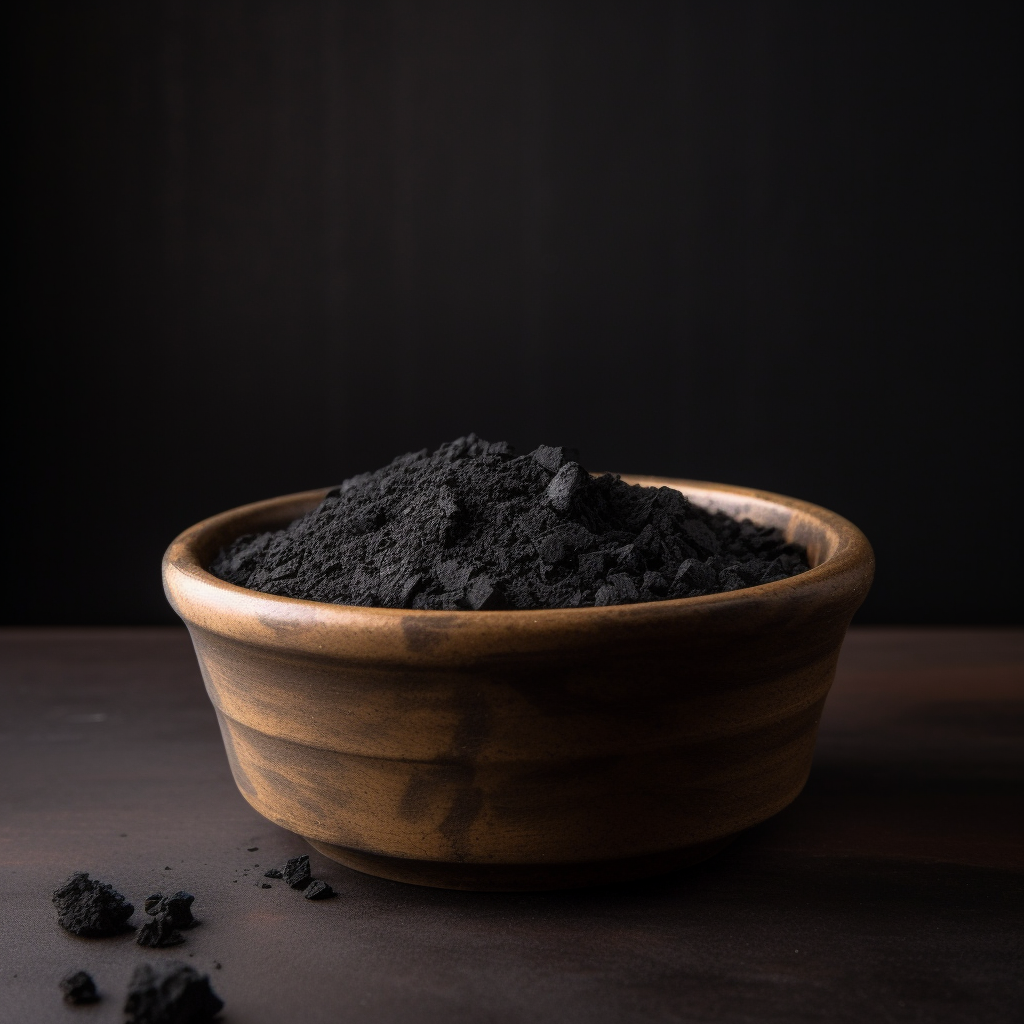
In This Guide
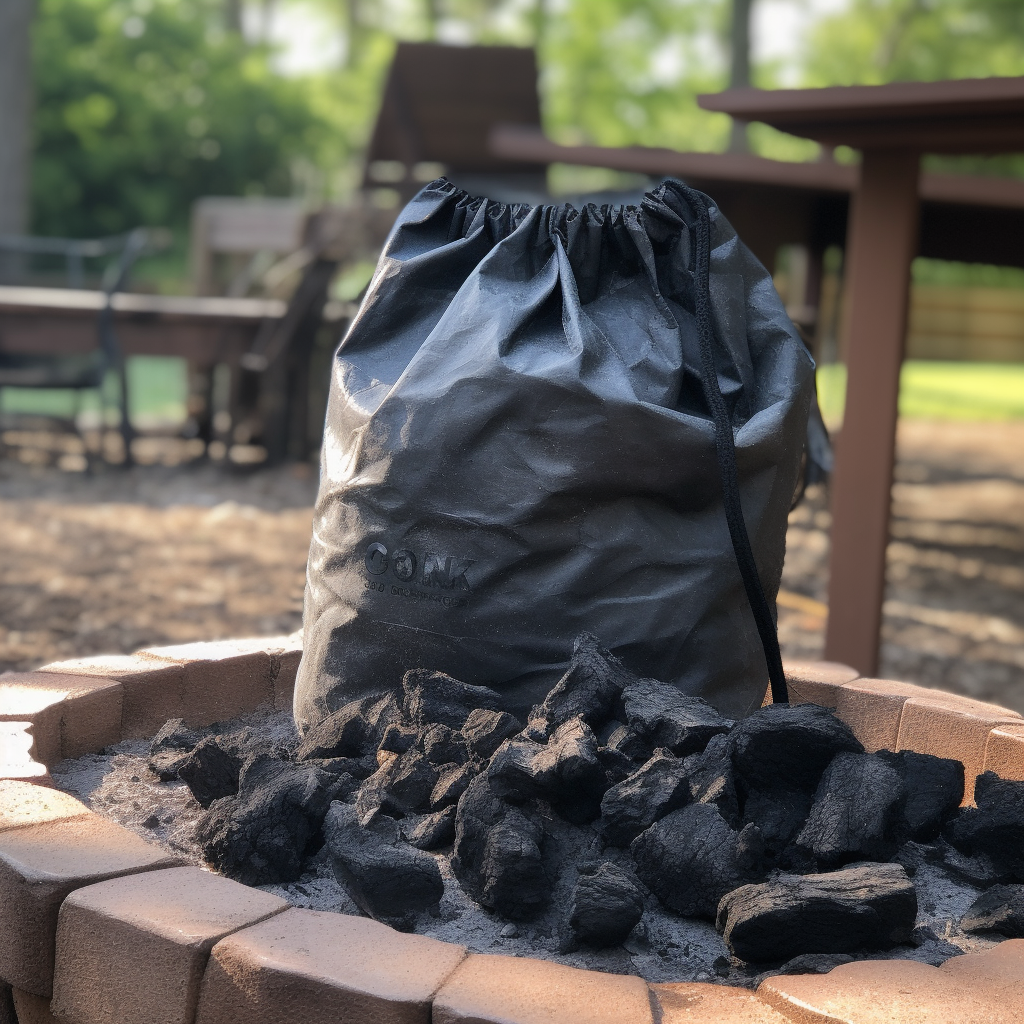
What’s The Difference Between Charcoal VS. Activated Charcoal?
Standard charcoal is a black substance typically produced through the slow combustion of carbon-rich materials like wood or coconut shells. These materials have been charred in an oxygen-deprived environment, leaving behind an unrefined carbon byproduct.
While charcoal’s applications span from the creation of drawing materials to filtration systems, its primary role lies in combustion. Its ability to burn hotter, cleaner, and more slowly than wood makes charcoal the preferred choice for fires.
Historically, charcoal first found a purpose beyond heating around 30,000 BC, when prehistoric humans used it as a drawing medium on cave walls.
Fast forward to around 4000 BC, a serendipitous event likely led to a remarkable discovery: a piece of ore, accidentally falling into a charcoal fire, started to leak molten metal.
This revealed the need for charcoal in smelting copper and tin ores to produce bronze, thus underestimating its essential role in the evolution of metal production.
Today, charcoal has evolved and this is where activated charcoal comes in. Charcoal and activated charcoal are like distant relatives, they share the same origins but have been through very different life experiences.
Typically, people use standard charcoal as a fuel source, for grilling and heating, due to its ability to produce high heat over extended periods. But that’s about it.
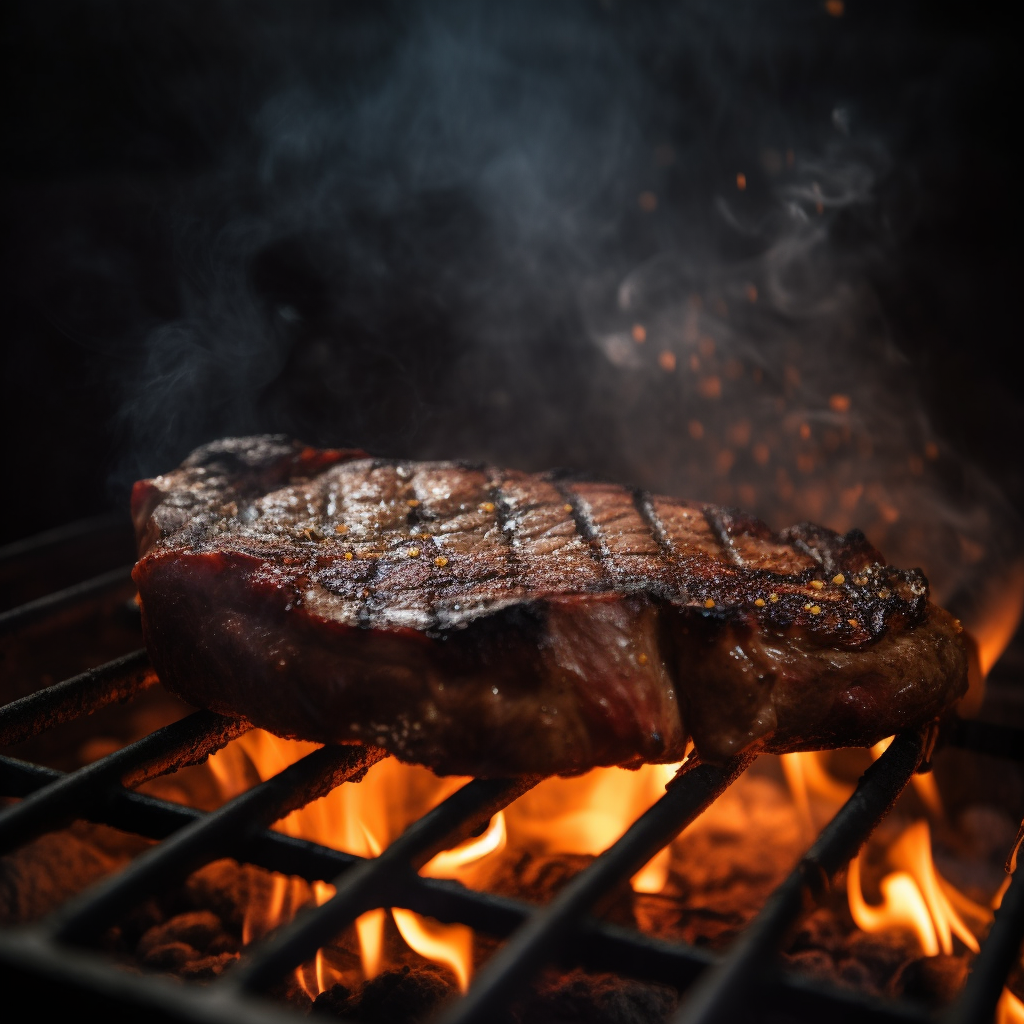
On the other hand, activated charcoal has multiple uses in everyday products and in first aid. Activated charcoal undergoes a secondary process where it’s subjected to high temperatures in the presence of a gas like steam.
This activation process creates numerous tiny pores on its surface, giving it a very high surface area.
This unique property makes activated charcoal an excellent absorbent, making it highly effective in various filtration and purification processes.
It’s why you’ll find activated charcoal in your water purifier, in emergency rooms for treating poison ingestion, and even in your face mask, helping pull out all those nasty impurities.
So while both types start from the same place, they end up with very different jobs due to their different processing.
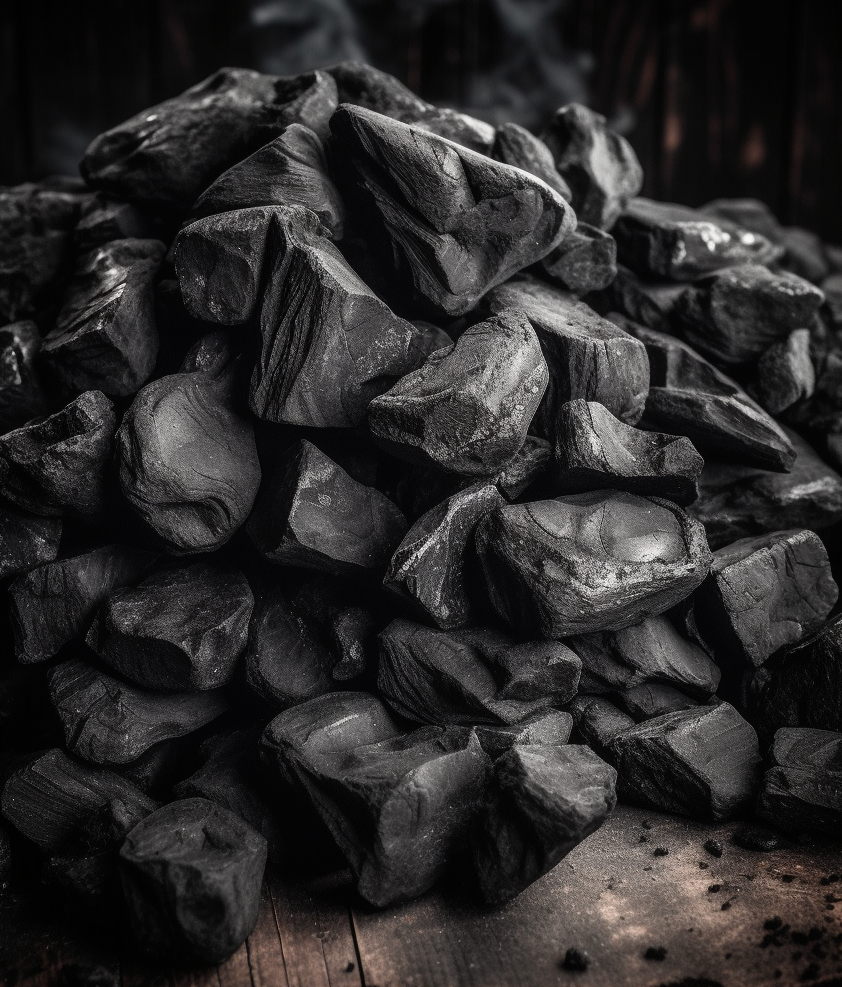
Comparing Applications Of Charcoal VS. Activated Charcoal
From grilling to filtration, the applications of both charcoal types vary significantly. Grilling represents a conventional use for charcoal, while filtration shows the more specialized uses of activated charcoal.
While both forms of charcoal have their uses, activated charcoal has more specialized uses. See the chart below on uses of charcoal vs. activated charcoal.
| Aspects | Charcoal | Activated Charcoal |
| Properties | Porous, lightweight Carbon residue of dehydrated and burned organic material Combustible (burns steadily and maintains heat) | Highly porous, lightweight Carbon residue of dehydrated and burned organic material heated at high temperature Less combustible (has adsorptive properties) |
| Uses | Fuel source for grilling and heating Basic water filtration Drawing material Gardening (biochar) | Ingredient in air and water purification systems Detoxification Poison treatment Odor control |
| Applications | Barbecues, cooking stoves Art, soil amendment | Found in medical and cosmetic products Water filters, gas masks |
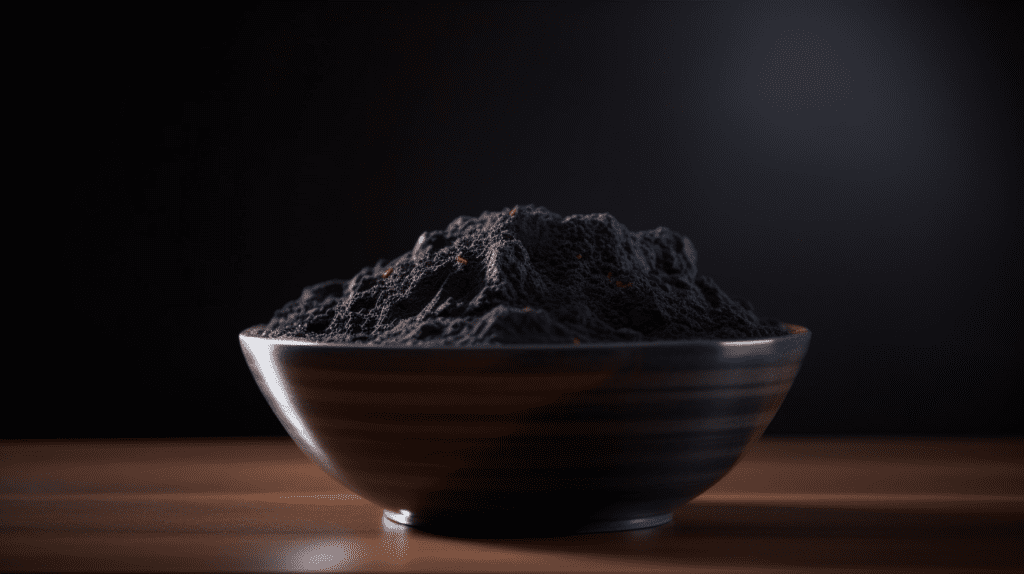
Common Uses Of Activated Charcoal
Activated charcoal excels in specialized scenarios, from detoxification to aesthetic improvements. It boasts an extensive range of uses due to its potent absorption capabilities. Some of the most common uses for activated charcoal include the following:
Poison Treatment And Overdose Prevention
In emergency rooms, activated charcoal is a go-to solution for poison treatment and overdose management. Activated charcoal is used to treat poisonings and drug overdoses.
This wonder substance can trap toxins, reducing their absorption in your gut.
Water Purification
Activated charcoal filters are a popular choice for water purification systems, thanks to its high absorption power. Filters are the tool through which activated charcoal operates. It effectively removes impurities and unwanted chemicals, leaving the water cleaner and safer to drink.
Air Purification
In homes and industrial settings, activated charcoal aids in air purification. If it can clear up the water, why not air? Activated charcoal can absorb airborne pollutants, which makes it a valuable tool in air purification systems.
It’s particularly useful in eliminating odors, pollutants, and harmful gases from indoor environments.
Teeth Whitening
Activated charcoal toothpaste has gained popularity for its teeth-whitening capabilities. Toothpaste is the medium used for this application.
It’s believed to absorb plaque and other teeth-staining compounds.

Skincare
These days, you can find activated charcoal in everything from face masks to shampoos. Activated charcoal masks and scrubs have also become a staple in skincare routines.
Its absorption power is thought to help detoxify the skin by drawing out oils, dirt, and other harmful substances from pores.
Digestive Health
Some studies suggest that activated charcoal for digestive health might help reduce gas production after a meal. It’s thought to bind to byproducts in the gut that lead to gas formation.
How To Make Activated Charcoal At Home
Making activated charcoal at home requires careful preparation and safety precautions. It is a complicated and risky process which involves heating charcoal to very high temperatures with a special activating substance.
This process can be dangerous, possibly causing harmful reactions or fires. So it’s not recommended to DIY it.
For safety and to ensure the best quality, buy activated charcoal from a store. Plus, it’s very affordable and not worth the risks of trying to make it on your own.

FAQs About The Difference Between Charcoal VS. Activated Charcoal
Does charcoal absorb moisture?
Yes, charcoal absorbs moisture. Its porous nature allows it to soak up moisture from the surrounding environment. This is why it’s sometimes used as a simple, natural dehumidifier in small spaces.
However, more effective moisture-absorbing materials are available if you need a stronger solution.
Can I use normal charcoal vs. activated charcoal?
While activated charcoal is renowned for its exceptional absorption capabilities and wide-range of uses, its common cousin, regular charcoal, may serve as a substitute in certain SHTF situations when nothing else is available.
Regular charcoal does not possess the same level of adsorptive properties because it is less porous and it could contain chemicals and other impurities that are not safe. However, in a pinch, it can still offer some filtration benefits.
For instance, in an emergency where activated charcoal isn’t available, regular charcoal can be utilized for basic water filtration, though its effectiveness will not match that of activated charcoal.
It’s a testament to the adaptability of this material and the uses it can serve, even when it’s not in its most potent form.
Always remember that these are contingency uses and for optimal purification and detoxification benefits, activated charcoal is the recommended choice.
Charcoal does not have the same adsorptive properties as activated charcoal and should only be used if there is no other options.
Again, in SHTF situations, you can use it, but it may not be as effective or safe as using activated charcoal. It’s best to use its activated form if you’re using charcoal aside from cooking.
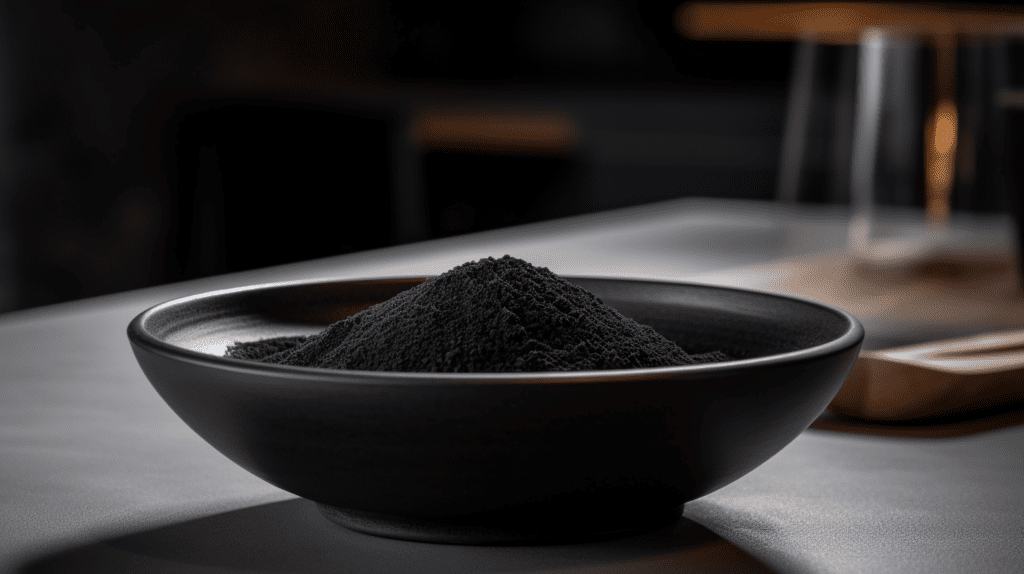
How do you know if it is activated charcoal?
Charcoal is “activated” when heated to high temperatures, which changes its structure. Heating increases the surface area of fine carbon powder, making it more porous.
Activated charcoal is usually sold as a fine black powder or in capsule form, and it should be labeled as “activated” on the packaging.
How do you make activated charcoal?
Activated charcoal is made by heating regular charcoal with an activating agent, such as steam or specific chemicals, to create tiny pores that increase its adsorptive properties. This is not recommended because of safety issues.
Is it OK to take charcoal every day?
No, using activated charcoal regularly is not recommended. It may also absorb vital minerals and drugs, leading to potential health issues.
If you are ingesting activated charcoal in pill form or powder, you should stick to the instructions on the label and follow recommended dosage. It is always a good idea to seek the guidance of a medical professional before taking any supplements.
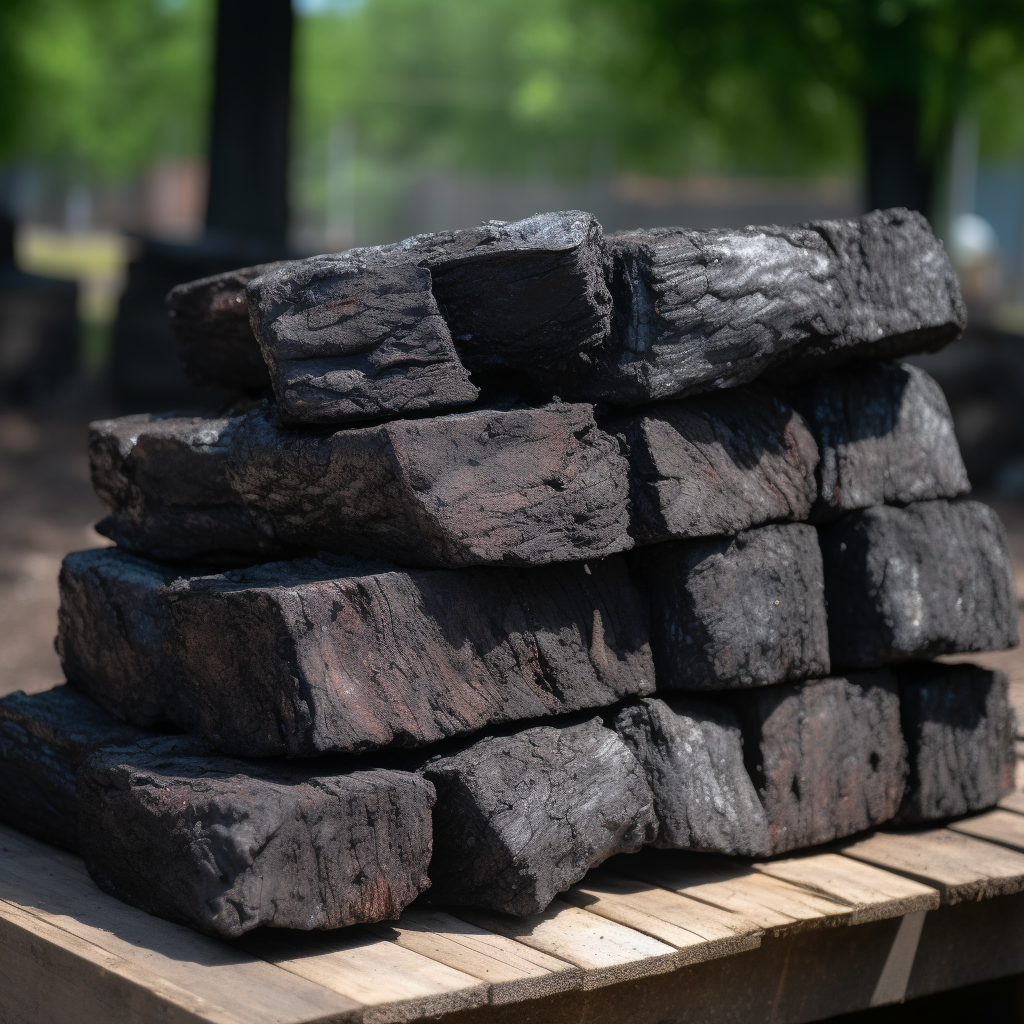
Key Takeaways: What’s The Difference Between Charcoal VS. Activated Charcoal?
Understanding the difference of charcoal vs. activated charcoal opens doors to diverse applications and responsible usage. Both charcoal and activated charcoal offer a wide range of applications, each bearing unique benefits.
Regular charcoal, primarily used as a heat source, has held a significant role throughout history, from prehistoric art to the evolution of metals.
On the other hand, activated charcoal, with its exceptional purifying abilities, truly stands as a game-changer. Its multifaceted applications, from detoxification and poison treatment to air and water purification, make it an indispensable addition to our daily lives and emergency kits.
Knowing the applications of charcoal vs. activated charcoal not only amplifies our appreciation of these incredible substances but also equips us with knowledge that can be life-saving in certain situations.
In the end, whether it’s the humble charcoal used in a barbecue grill or activated charcoal saving a life in an emergency room, both have their unique places in our world and lives.
ABOUT THE AUTHOR
Angie Montgomery is the co-founder of Monday Day Prepping. She and her husband Bill have been "prepper's" since 2008. When she's not helping manage the homestead, she enjoys teaching her two boys how to cook and make natural alternatives to cleaners and other household items.

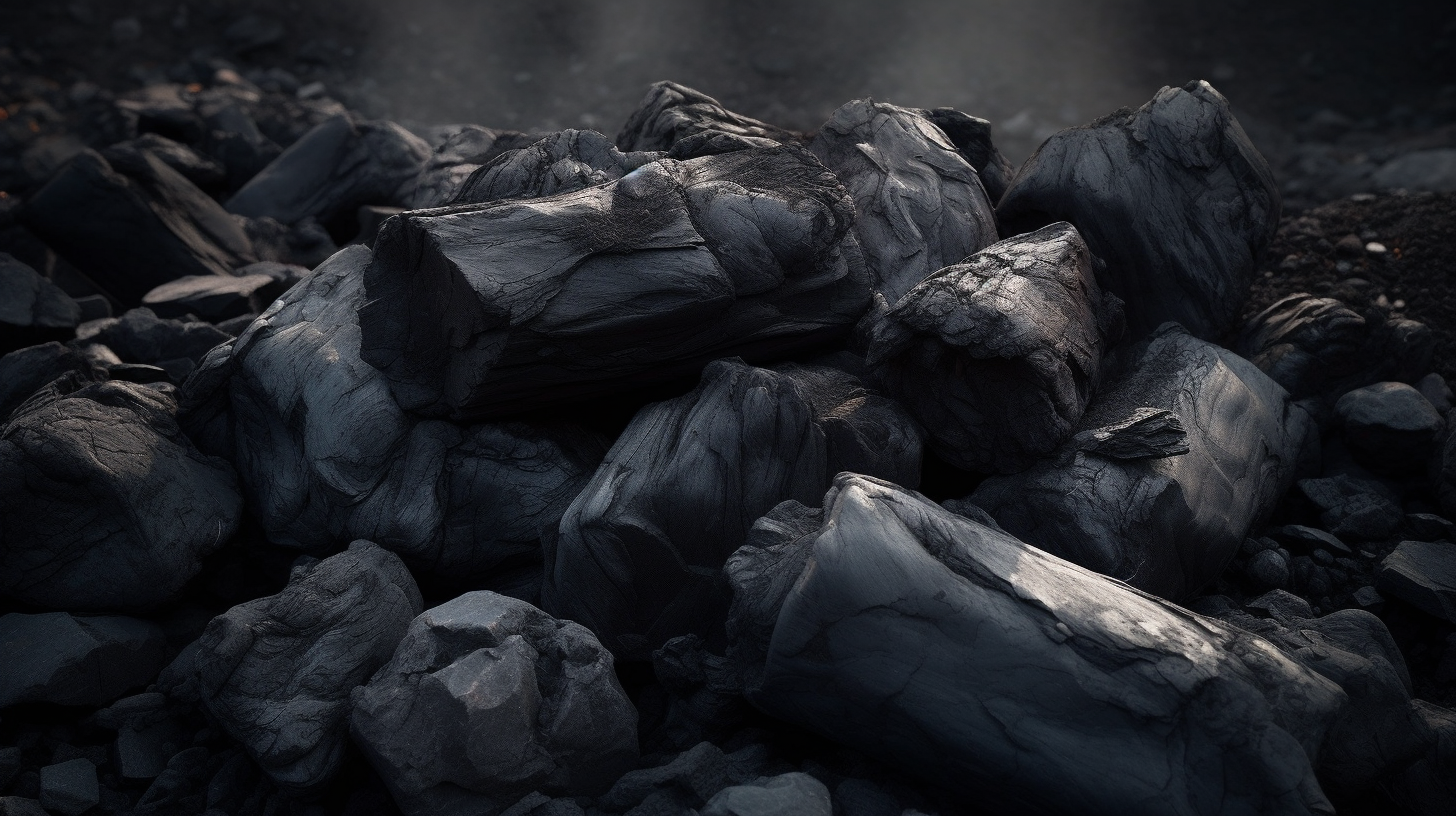


0 Comments